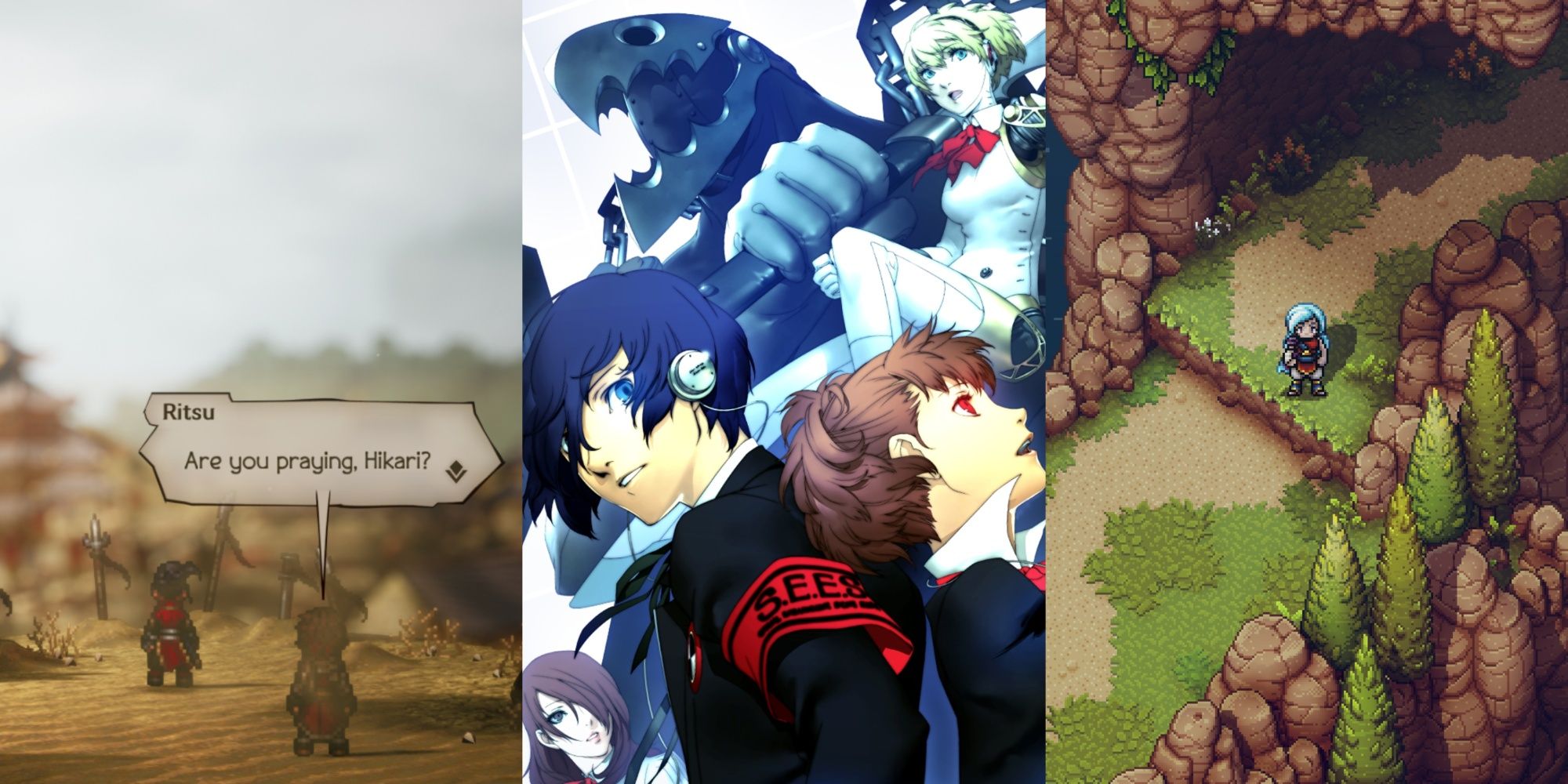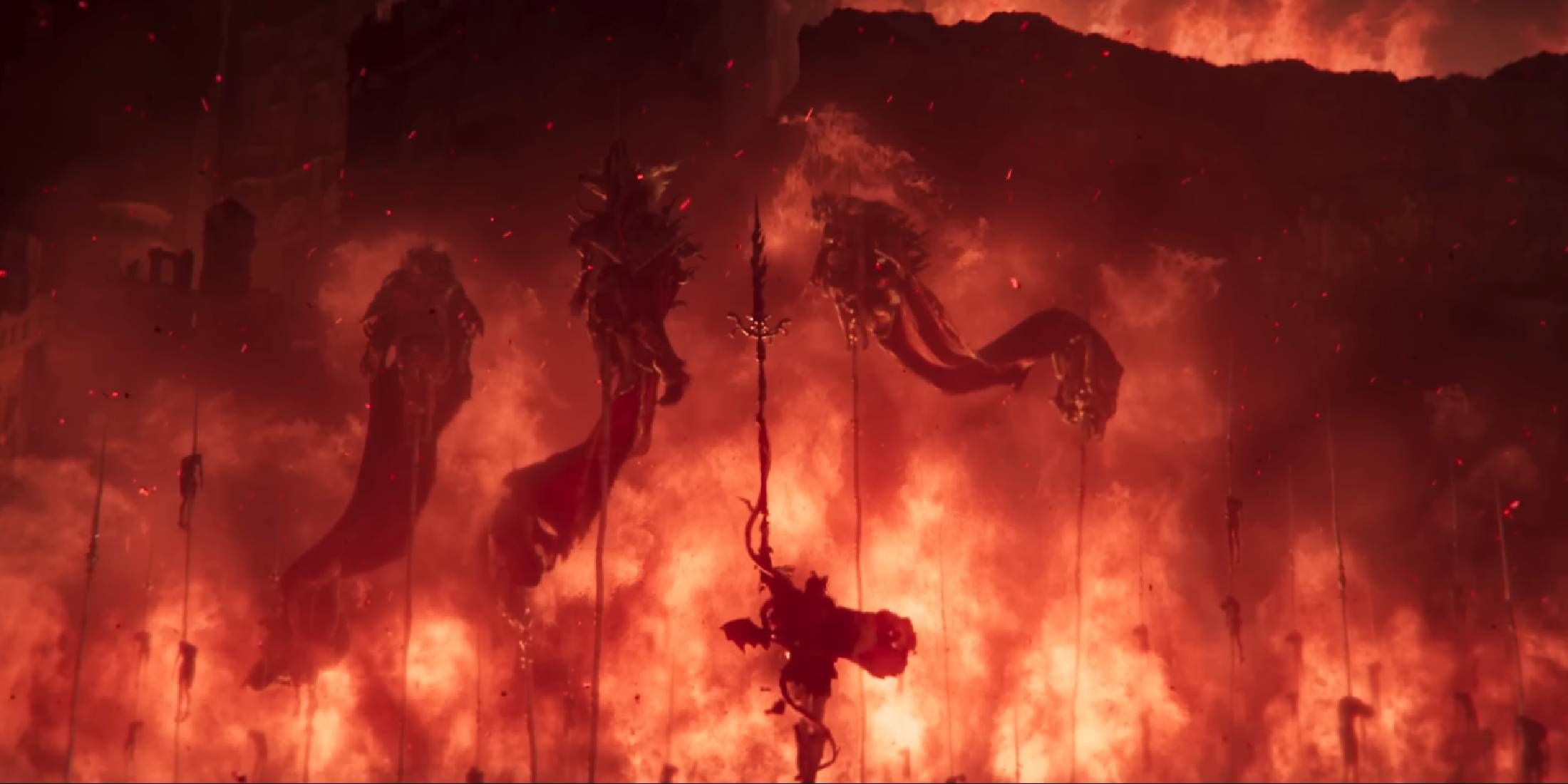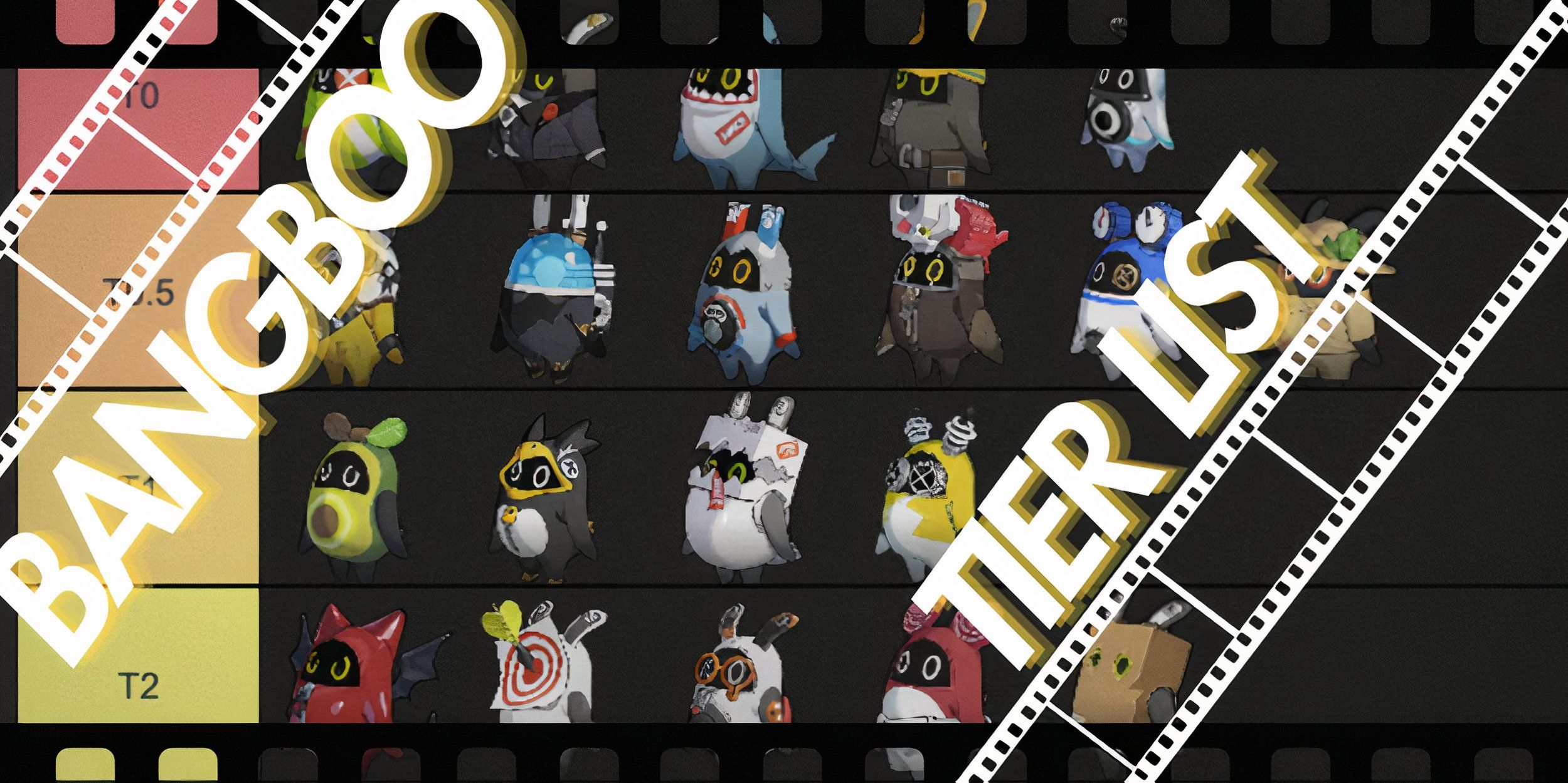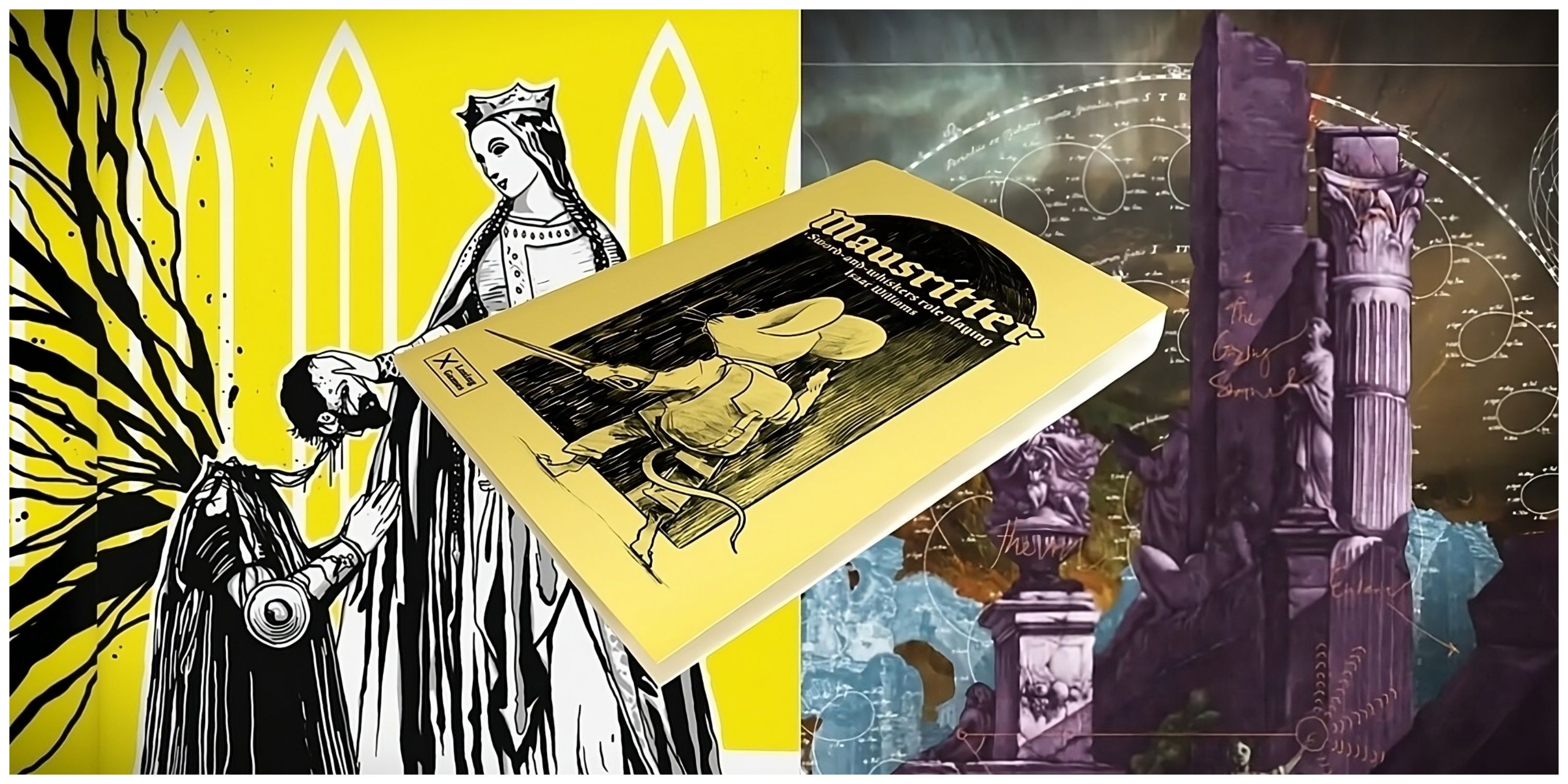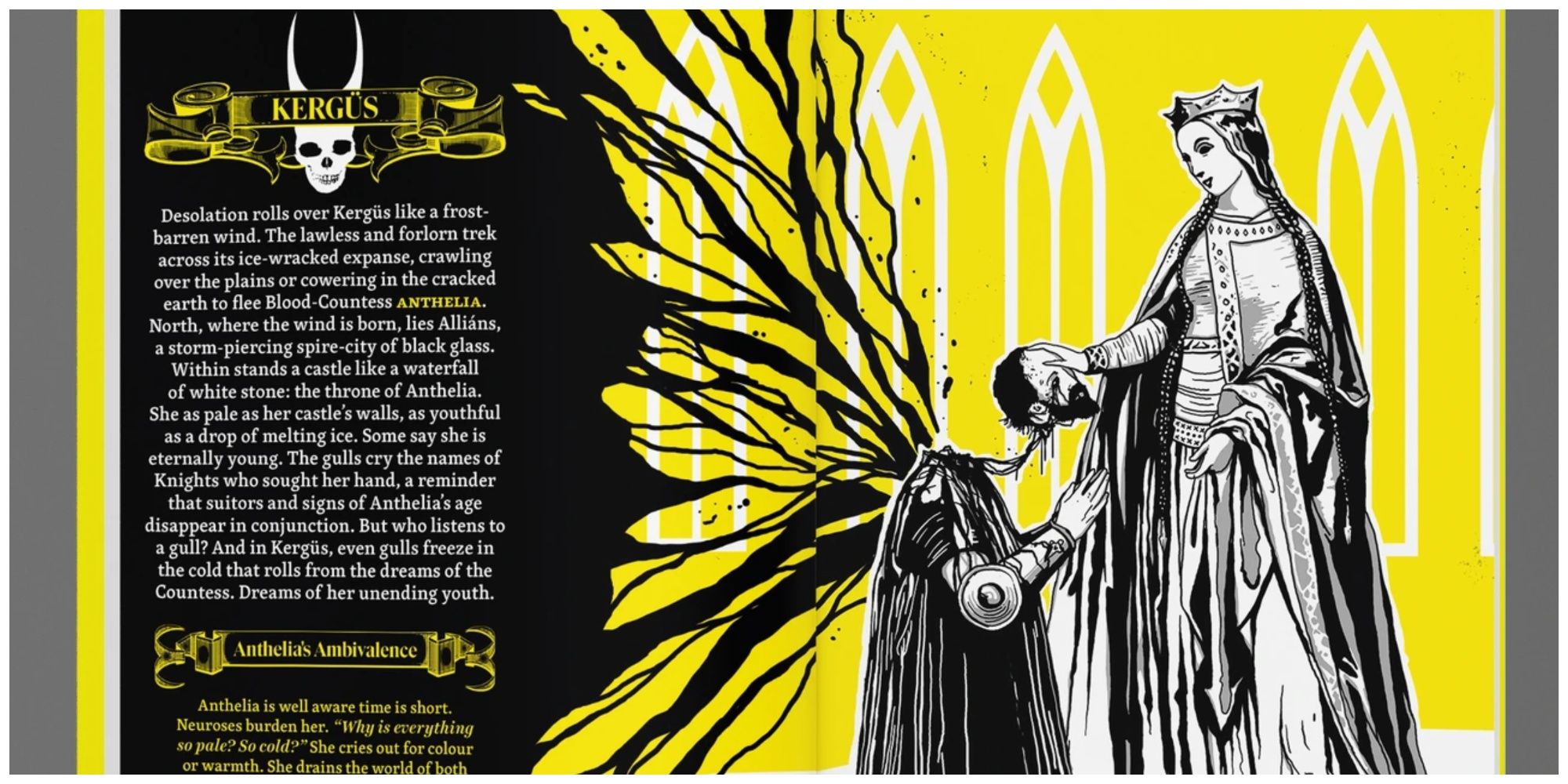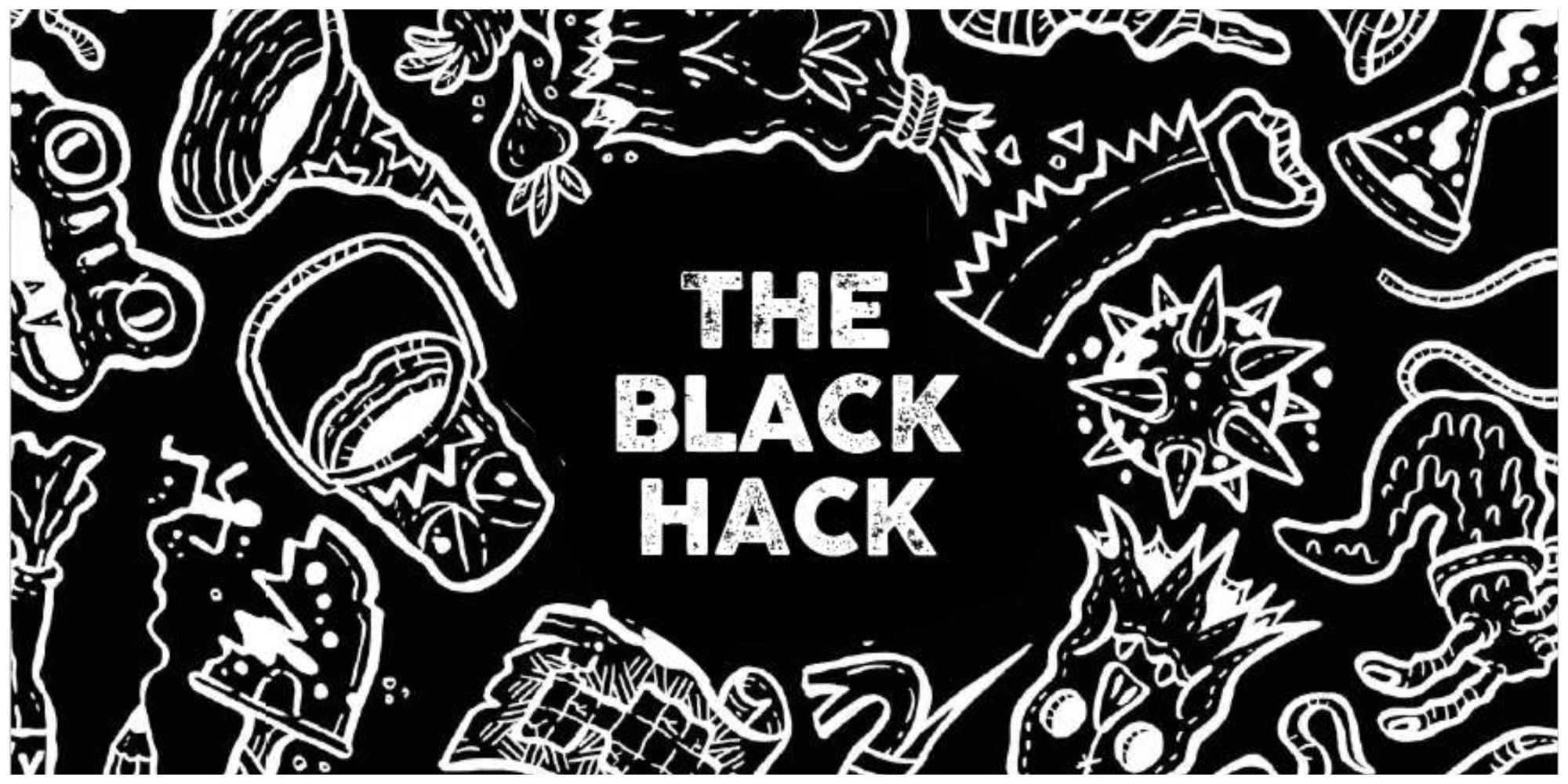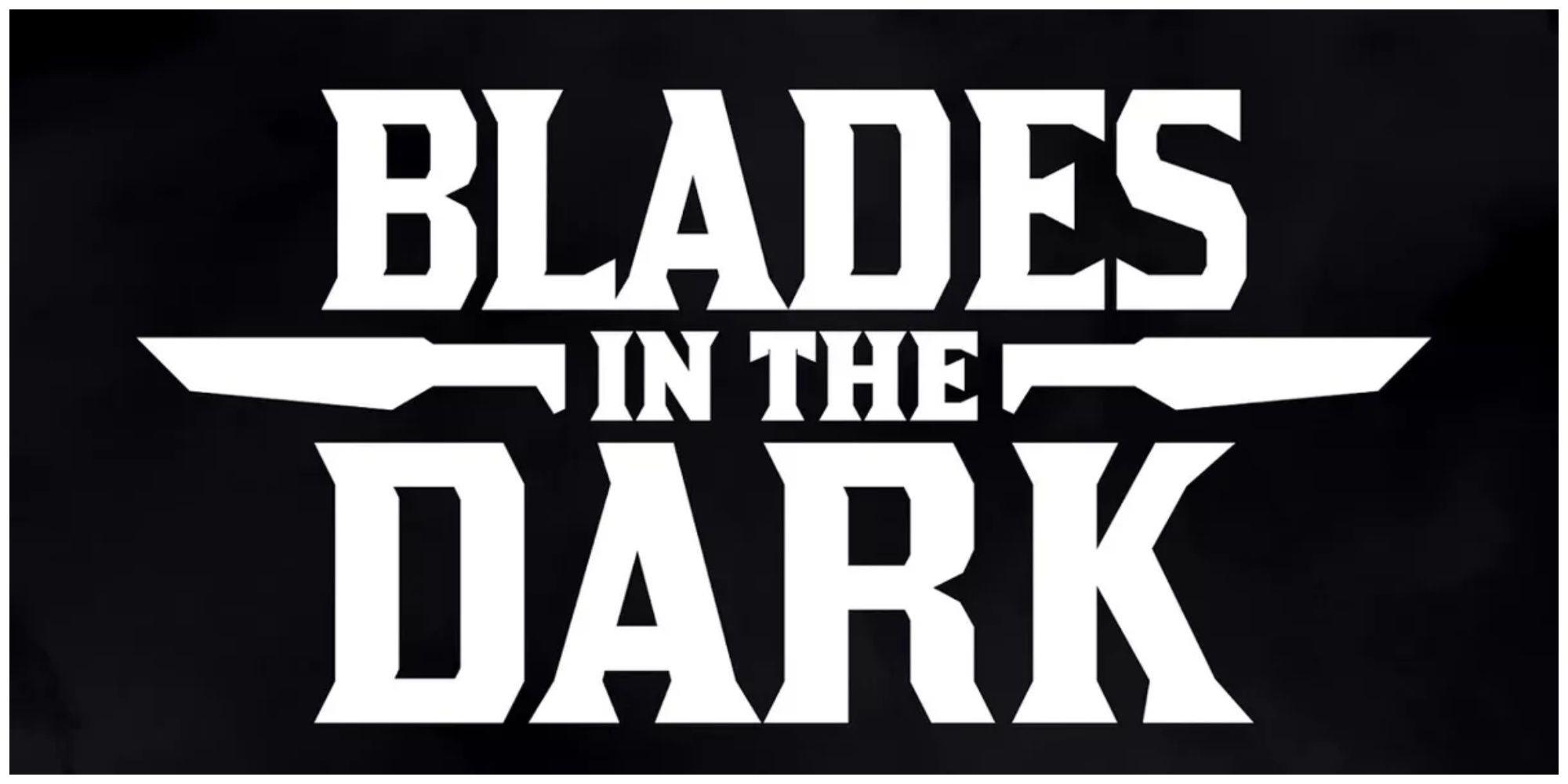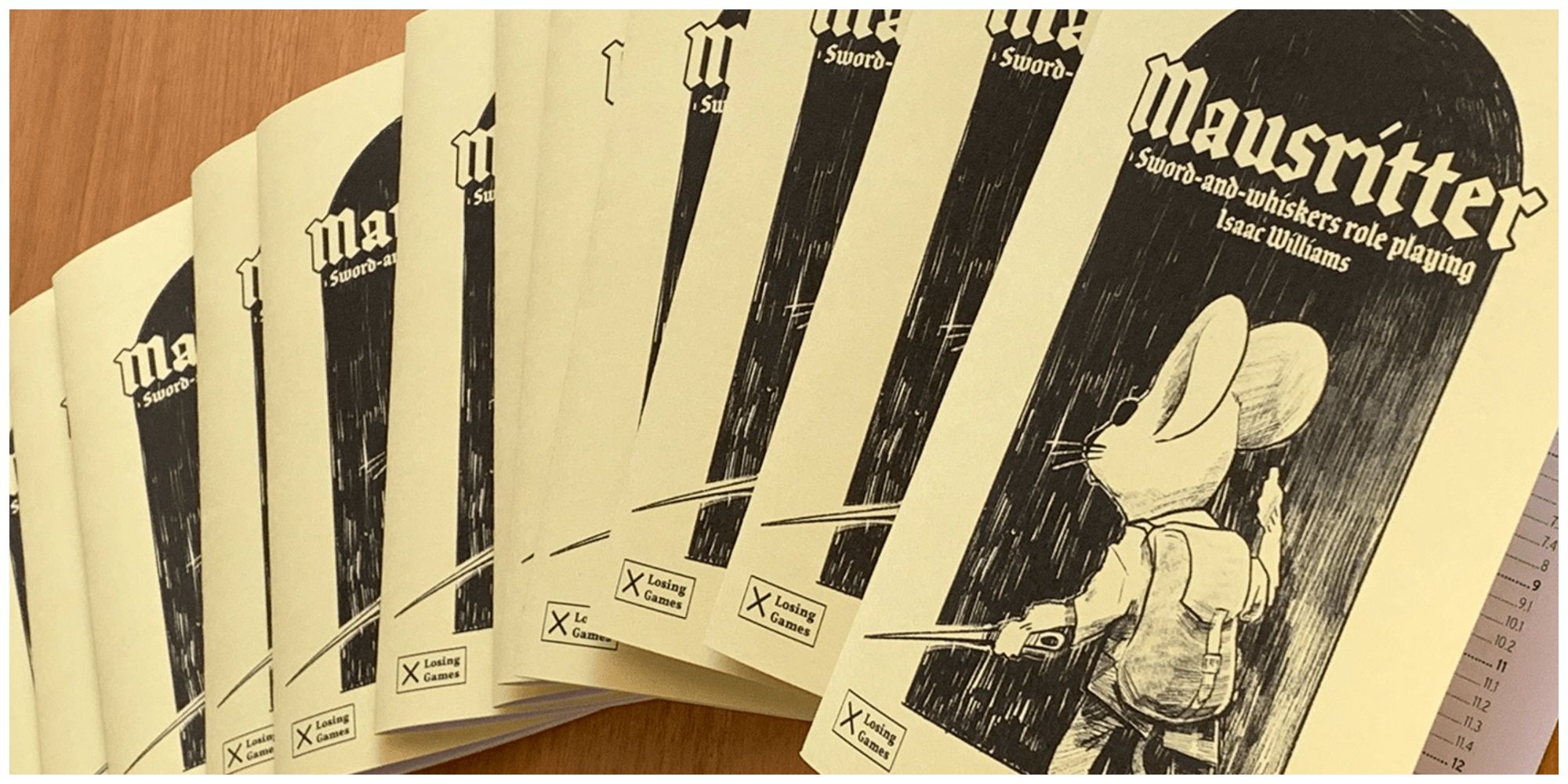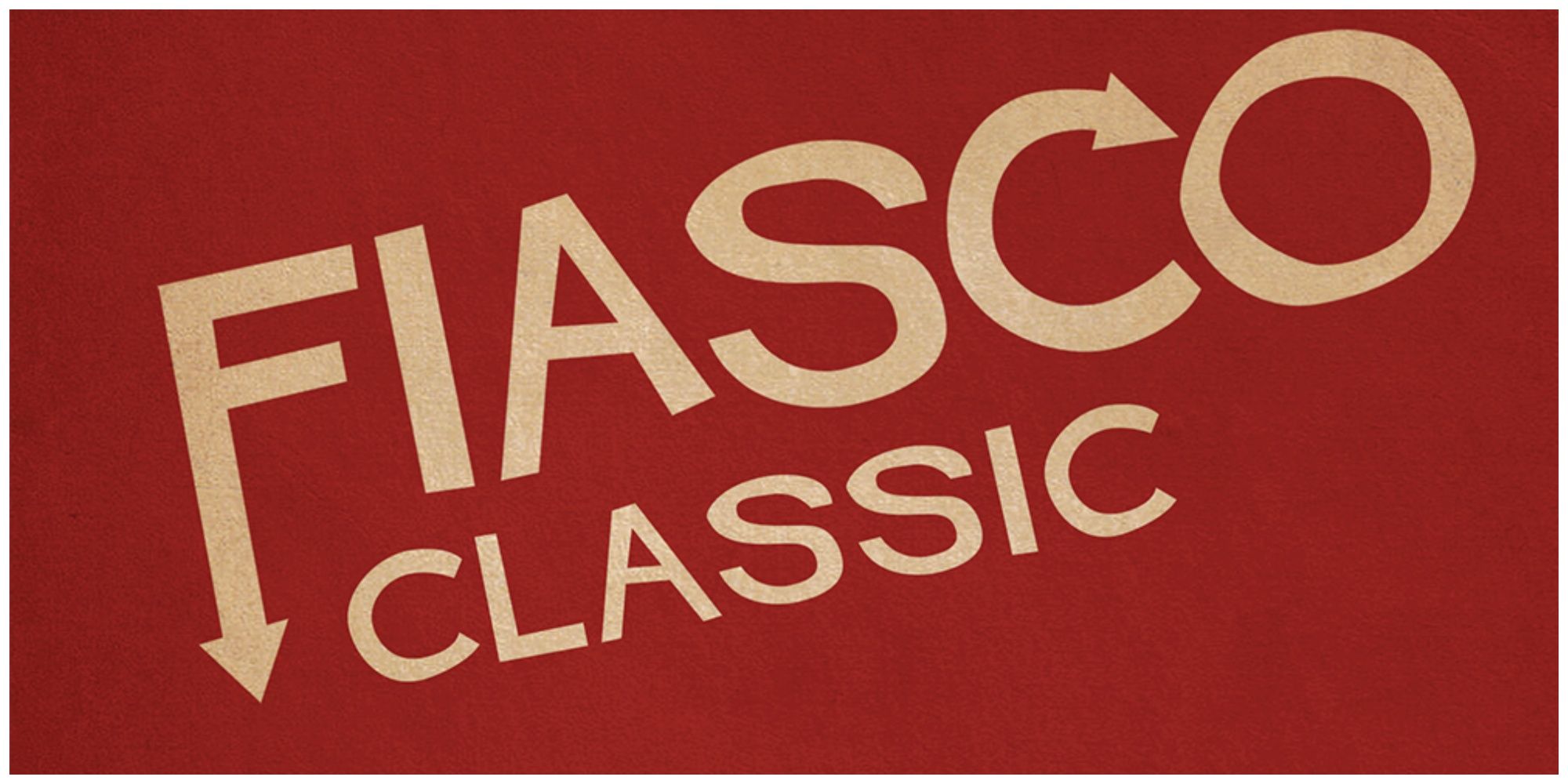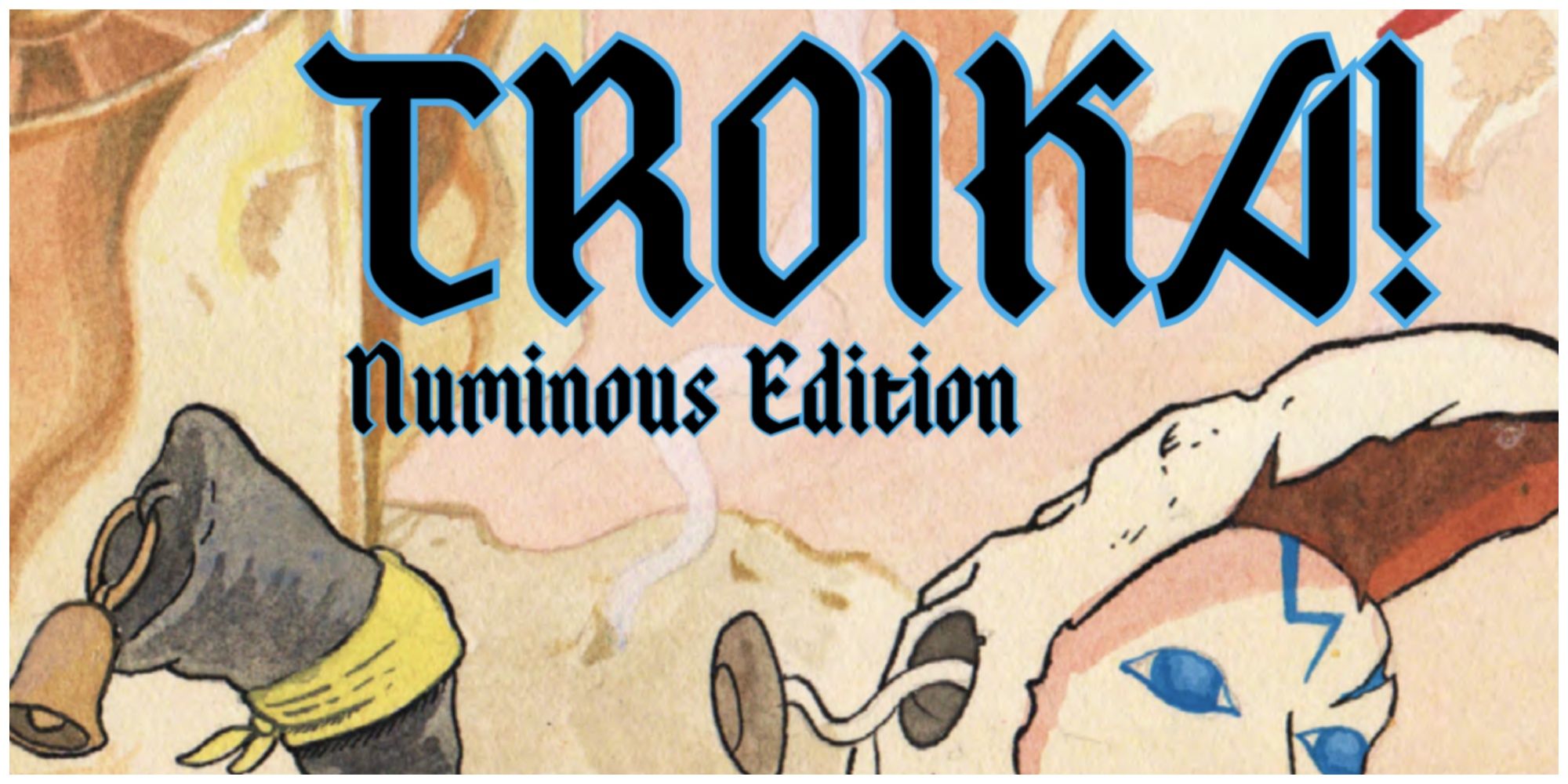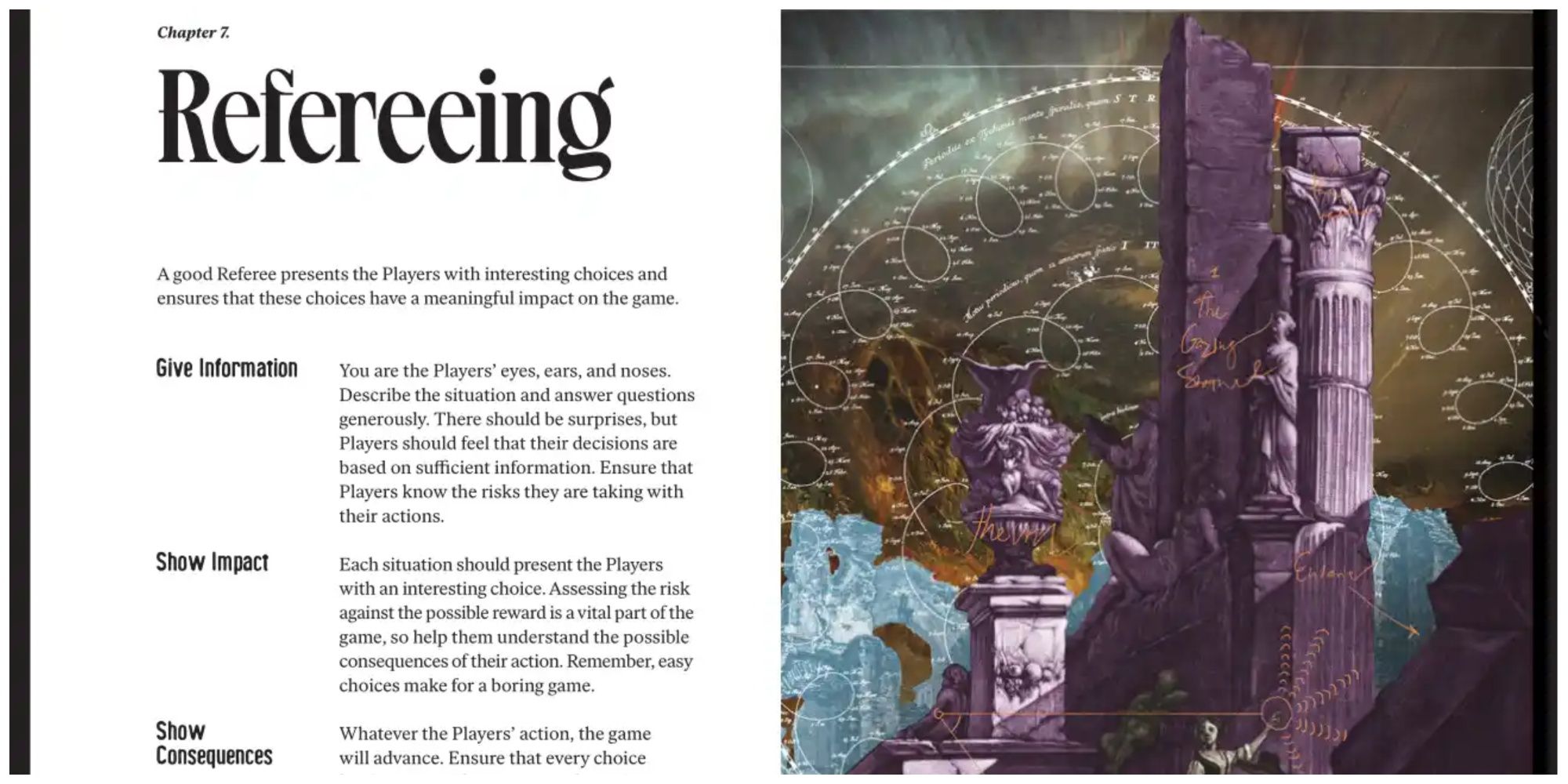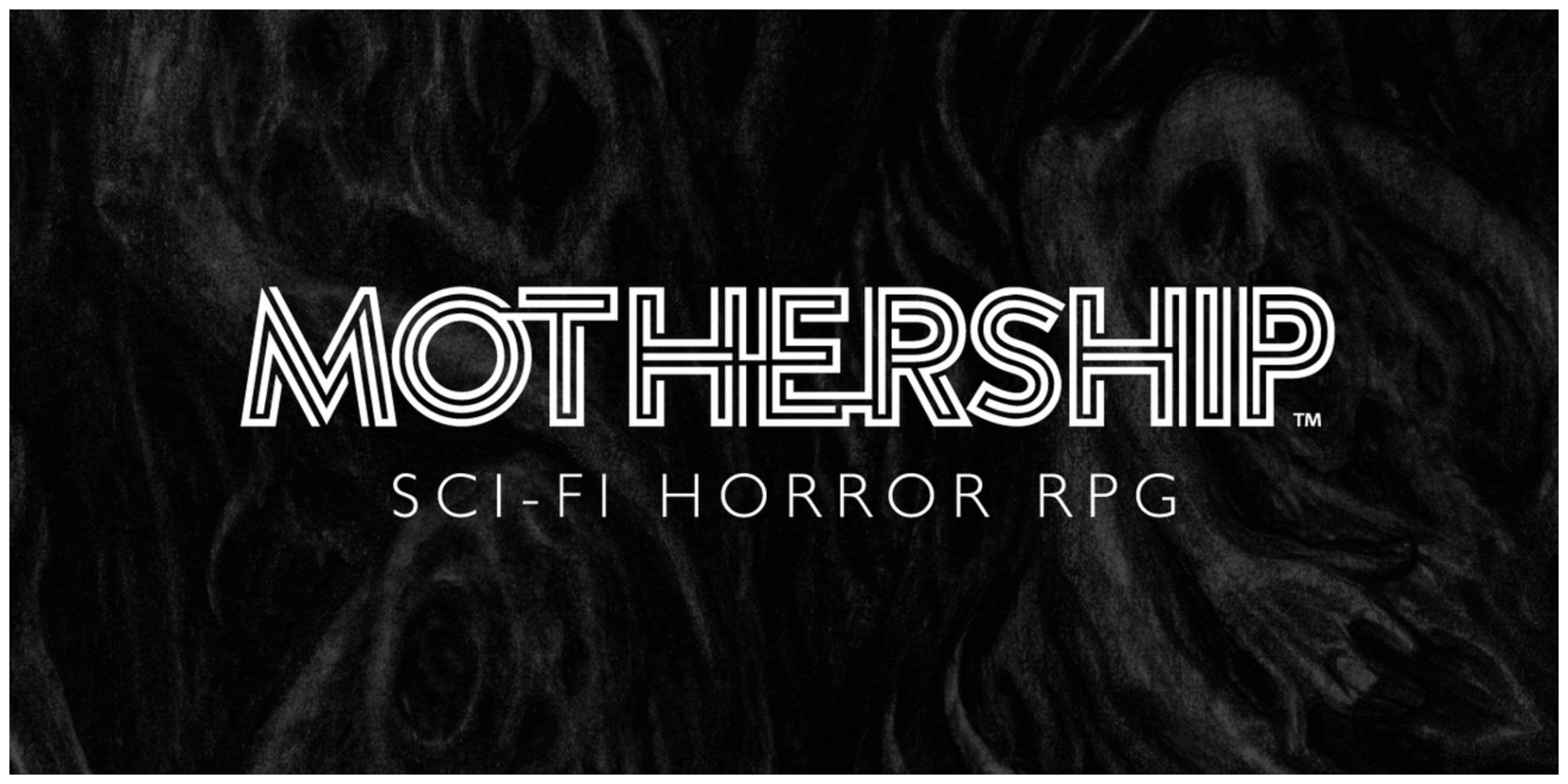Highlights
- Mork Borg's rulebook is creatively designed with a Doom-Metal aesthetic, but its focus on style can make it difficult to read and use practically.
- The Black Hack manages to be a straightforward yet mechanically deep Old-School RPG, with essential rules explained clearly at the beginning of the book.
- Fiasco is a rules-light GM-less game with a descriptive rulebook that provides advice for creating a safe environment for role-playing and contains easy-to-read playsets for quick referencing.
Tabletop RPGs have been around for decades now, and come in all shapes and sizes. Their rules can range from too simple and vague, to overcomplicated and hard to read; rulebooks can range from small, straightforward booklets, to coffee-table books packed with gorgeous art and witty writing.
Arguably, the game's rules are its most important element, but how those rules are explained to the player, and how easy the book is to use and reference throughout a potentially long campaign, can have a huge effect on a player's enjoyment of an RPG.
8 Mork Borg
Mork Borg is notorious for its over-the-top, Doom-Metal aesthetic and creative graphic design and layout. Its rulebook focuses more on its vague, evocative grim-dark setting, which fans of the worlds of Dark Souls are sure to be at home with, and even includes a great starting adventure to ease players into the game.
Mork Borg’s rulebook is dripping with style and creative ways of laying out its lightweight rules, but sometimes its focus on its aesthetic can get in the way, making the book harder to read and use. As a result, Mork Borg’s rulebook can be fun to read, and there are some creative and easy-to-use rules on its pages, but its practicality is questionable.
7 The Black Hack
The Black Hacktakes inspiration from Old-School TTRPGs (like the original Dungeons & Dragons), featuring plenty of crunchy mechanics (hit-dice, limited resources, encumbrance, situational rules) and unforgiving gameplay.
Although there are plenty of Old-School RPGs on the market, The Black Hack’s rulebook manages to be one of the most straightforward without sacrificing mechanical depth or ample description. Furthermore, the game’s essential rules come at the front of the book, helping players to fully understand the core concept of the game before moving on to character creation, which also remains simplistic. The book also has a tendency to cover topics with one or two-page spreads, making the rules very easy to peruse.
6 Blades In The Dark
Using a "Powered By The Apocalypse" system, Blades In The Dark sets players in a dark, steampunk city not dissimilar to Dishonored’s Dunwall. The game’s mechanics are focused on players carrying out various heists throughout the city, and features a unique flashback system that nods to heist films.
Blades In The Dark has a relatively thick rulebook, focusing fairly heavily on its dense setting full of gangs, characters, and lore. However, the game’s rules are fast and easy to learn, and its flashback system stops players from over-planning and stalling the game. In fact, the game has GM’s cut straight to the action after players decide on the heist they want to pull off, refusing to grant players the opportunity to plan ahead.
5 Mausritter
Based heavily on the popular RPG system, Into The Odd, Mausritter could be considered a “hack” of several systems (where a system is built using another as a foundation). In the game, players take control of personified mice adventuring in a fantasy setting, similar to games like Mouse Guard, but with a simpler system; the game’s rules mash together mechanics from various other systems, creating a unique blend.
Mausritter comes in a small booklet, with its “How To Play” section being covered by a two-page spread, making it extremely easy to read. The game’s rulebook is also dotted with artwork of personified mice, though the game doesn’t feature much artwork. Furthermore, the booklet features plenty of dice-tables to roll on for various situations, making the Game Master’s life a lot easier.
4 Fiasco (Classic)
This GM-less role-playing game is designed to take around two to four hours to play, and all it requires is 3-5 players and plenty of six-sided dice. Fiasco has a brief but descriptive rulebook that gets straight to the point in explaining how to play, with its length being attributed to the amount of advice in creating a safe and enthusiastic environment for role-playing, as well as advice on role-playing in Fiasco.
Fiasco has players creating their own characters, developing relationships, and essentially acting out their very own film on the fly. As such, the game is very rules-light, and while there isn’t much artwork in the book, the writing is light and fun to read. The rulebook also contains several “playsets” that provide players with the necessary tables they’ll need to roll on throughout a game, which are extremely easy to read and use. Furthermore, the book is very easy to reference and makes sure that the most important information is immediately accessible for quick, mid-game referencing.
3 Troika! (Numinous Edition)
This surreal RPG depicts a multiverse fantasy setting, in which the only limit to its whimsy is the imagination of its players. The game’s rules are largely a modernized version of Fighting Fantasy, and are fairly simple, with a lot of the book’s space being taken up by its thirty-six quirky character classes.
Each character class in the book gets its very own page, with its own individual portrait, depicting each class with beautifully whimsical artwork. Every class in Troika! is unique and imaginative, providing players with an insane amount of variety and incentivizing role-play. Furthermore, the game’s classes are easy to read and understand, and make role-playing a character easier. Just by creating a party using these thirty-six classes, the game’s intended quirky and whimsical tone immediately shines through. The latter half of the book is taken up mostly by its introductory adventure, which does a great job of easing the GM into running the game.
2 Into The Odd: Remastered
Created by renowned tabletop RPG designer Chris McDowall, Into The Odd is a fast and simple system that is so effective it’s been hacked and used in other systems several times, especially in the Old-School RPG scene. Into The Odd: Remastered is a higher quality, fleshed out version of the original Into The Odd, a system that is famous for having no to-hit rolls (weapons go straight to dealing damage) that make combat fast and deadly, and its fast character creation.
Into The Odd’s rulebook explains its core systems clearly and concisely, and includes a large table of “Starter Packages” that give players a set of starting items. These starting items vary in strength depending on how high players rolled for their abilities, with lower-ability score characters starting with better equipment. The book also features unique, odd artwork that fits the game’s tone beautifully, and teaches the rules in a succinct bullet-point style. Furthermore, the book includes a plethora of “Arcana”, magical items that are more thematic and vague than they are mechanical (making them easy to use in other systems), a superb example of play that helps players understand the intended flow of the game, Chris McDowall’s GM advice, and a well-crafted introductory adventure that eases players into McDowall’s setting.
1 Mothership
This sci-fi horror RPG aims to recreate the atmosphere and tension from sci-fi horror films like Alien and Event Horizon. The game’s rules manage to be both evocative and simple, and the rules-booklet even includes a cheat sheet on the back that makes referencing the rules a breeze.
In a stroke of genius, Mothership also manages to double its character sheet as a flowchart that subtly takes players through character creation without needing to read the rules or ask the GM countless questions, provided they have played a tabletop RPG before. This fast and efficient character creation system is necessary for Mothership, considering the high lethality of its system which means players are likely to lose their characters often.

